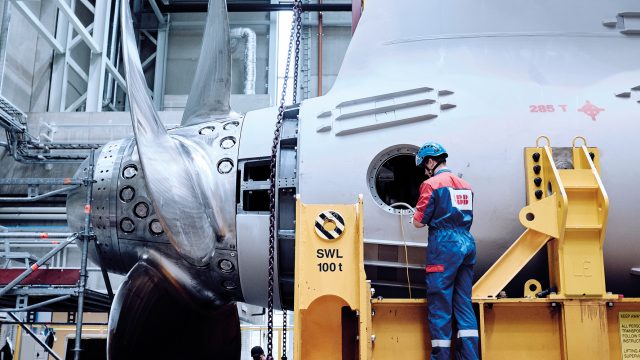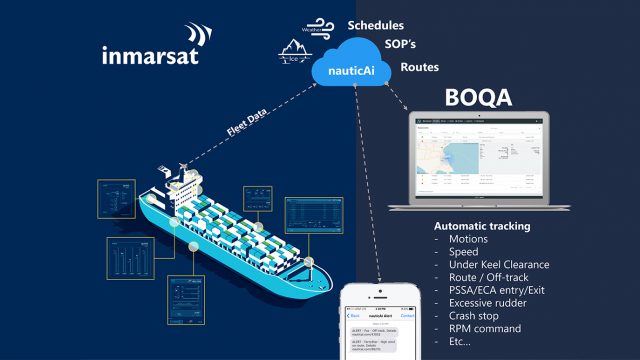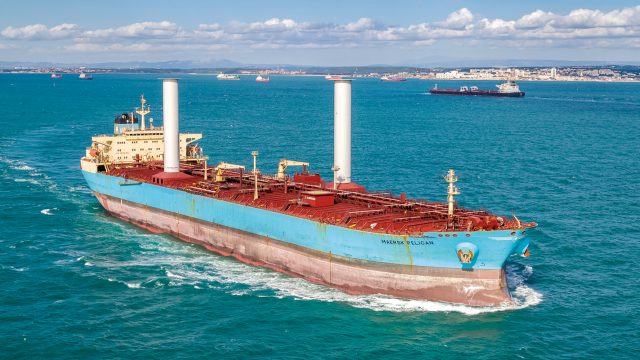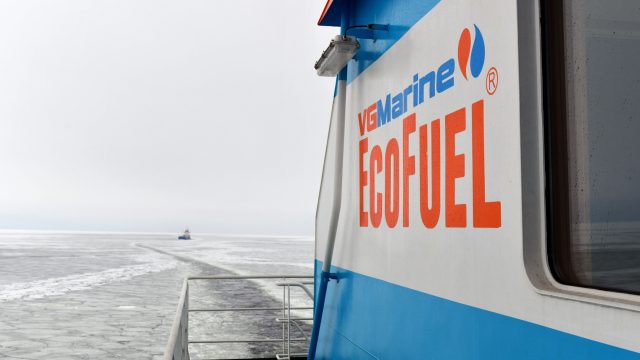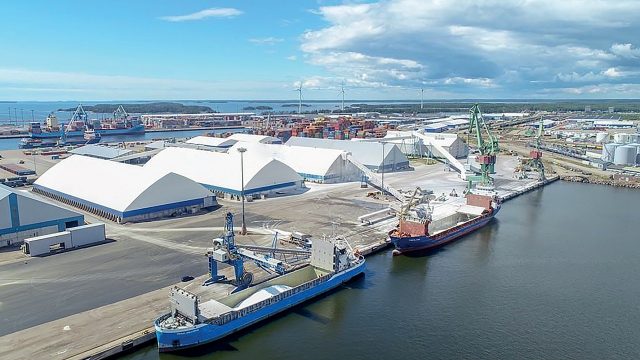The EU aims to cut transport emissions by 60% compared with 1990 levels. Finland has set even stricter goals and the aim is to halve the transport emissions by 2030. Furthermore, the carbon-neutral society has also been included in the inland waterway development program of Finland.
These are very ambitious tasks and in order to meet them actions are needed from everyone. Through its activities, the Association of Finnish Waterways aims to make waterborne transport an equal and meaningful mode of transport alongside road and rail transport. Inland waterways should be seen as a part of the supply chain where the use of IWW system is appropriate and reasonable.
Pragmatic solutions to cope with the future transport requirements are needed. Inland waterway transport is a great option and has great potential and plenty of unused capacity. Inland waterways are sustainable and environmentally friendly alternative for transporting goods and passengers.
Waterborne transport accounts for 13.6% of CO2 emissions in the EU. When looking at the total transport emissions, statistics inevitably show that the carbon dioxide emissions of cargo ships per tonne transported are lower than other modes of transport.
Developing Inland Navigation
The aim of the Association is to highlight the needs of both industry and tourism in the development of waterborne traffic, without neglecting environmental and safety issues. The cost of maintaining waterways is low, but the socio-economic impact is positive and remarkable.
Commercial sustainability of inland waterways depends also on infrastructure; fairways and ports.
Technical solutions, digitalization and best practices focus on efficient and safe navigation. In addition, navigation in the northern waterways can sometimes be challenging due to the ice conditions. The Association is also working to make the fairway network more competitive
In the development of waterborne transport, it is essential to focus existing resources on concrete areas of development for the benefit of regions and operators, which the Association of Finnish Waterways highlights in its activities and discussions, such as increasing the transport efficiency of Saimaa by extending the Saimaa Canal lock chambers.
Saimaa Canal – the Waterway to the World
The Saimaa Lake and Canal area are the only inland waterways in Finland where there is cargo transportation. This inland waterway connection to the sea is vital for the area. It runs from Lake Saimaa to the Gulf of Finland via the City of Vyborg, Russia. Finland has rented the Canal area from Russia until 2062.
The total length of the Canal is 43 km. There are eight locks; three on the Finnish side and five on the Russian side. The average drop is 75,7 metres.
The annual traffic volumes at the Saimaa area are approx. 2 million tons. There is capacity to double today’s volumes.
There are plans for significant improvements at the Saimaa Lake and Canal area on prolonging the lock chambers by 10 meters in order to receive bigger vessels and larger shipments. This would be a significant step forward for sustainable development since it would reduce the carbon footprint per tonne.
International Co-operation
The Association of Finnish Waterways is actively looking for international co-operation possibilities. One example of this is the three-year long INFUTURE Project, approved by the ENI CBC Program 2014-2020 and funded by the
European Union, the Russian Federation and the Finnish Government, where the Association acts as a Project Partner.
The aim of the INFUTURE project is to find new profitable business opportunities for freight traffic utilizing the waterways of Saimaa and the Volga-Baltic Sea. The project aims to identify and develop new eco-friendly, cost-effective and sustainable waterborne innovations, including fairway technology and new vessel types for this water- way connection.
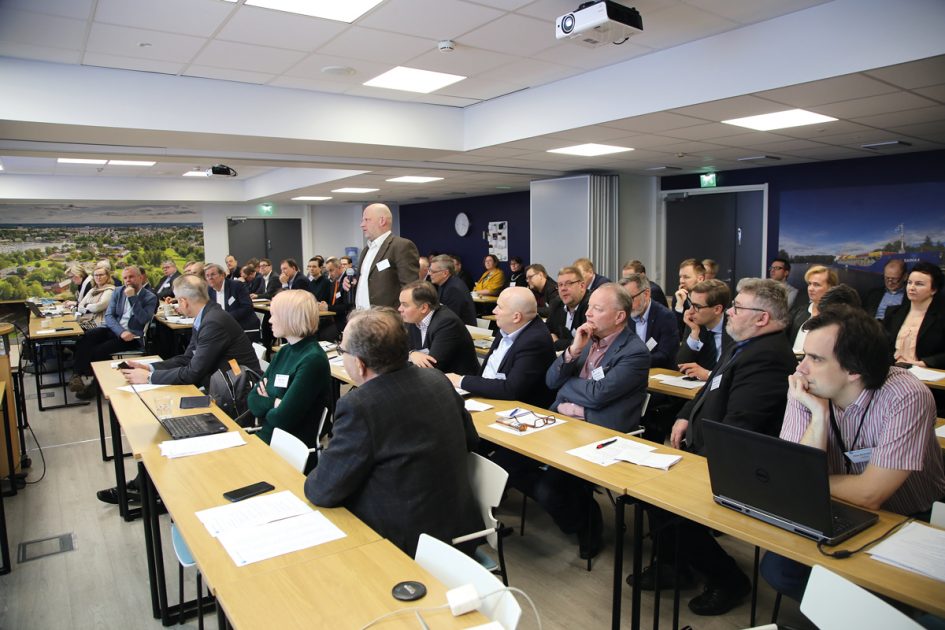
Travel is one of the biggest and fastest growing industries of the blue economy. The need for development of waterborne tourism has been highlighted in several discussions both in Finland and in Russia. The Association is working with Merikotka, Kotka Maritime Research Association, and Admiral Makarov State University on Maritime and Inland Shipping to launch a project to develop a new kind of water tourism concept for the inland waterway system between Finland and Russia.
Organisation of excursions to other countries and areas is one example of Associations activities in building up international connections and co-operation. The aim of these educational visits is to learn about the best practises in the field of inland waterway systems and services.
Members – Inland Waterway Experts
The members of the Association represent widely inland waterway knowledge and know-how. Among the Members we have regions and cities, other associations and organizations, individual private people and companies; shipowners, cargo owners, ports, port operators as well as other stakeholders. Our members with their know-how create the strength of our Association.
Means of working and fulfilling our activities are expert forums and round table debates on topical issues, seminars and networking events, where members and stakeholders are invited. One important purpose of the Association is the promotion of interest and giving statements of waterway related issues.
Valued Inland Waterway Expert
The Association of Inland Waterways of Finland objectives are to promote and develop the waterway traffic and transport, as well as the prerequisites for its operations as a part of the whole transport network of Finland. The Association is one of the key partners in national and regional waterborne development events and discussion forums.
The Waterway Does Not Wear Out!
For further information www.vesitiet.org
PHOTOS HANNELE KOSKINEN AND HELI KOUKKULA-TEIXEIRA
















